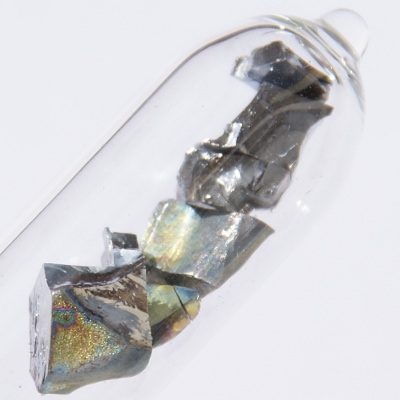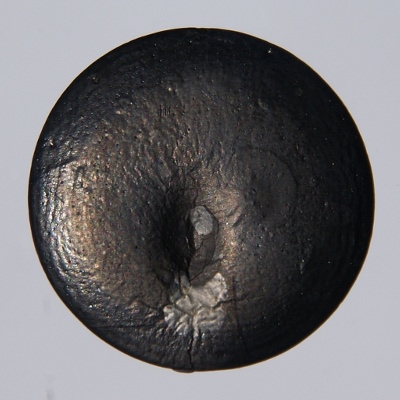Periodic Table Element Comparison: Compare Elements - Vanadium vs Selenium
Compare Vanadium and Selenium on the basis of their properties, attributes and periodic table facts. Compare elements on more than 90 properties. All the elements of similar categories show a lot of similarities and differences in their chemical, atomic, physical properties and uses. These similarities and dissimilarities should be known while we study periodic table elements. You can study the detailed comparison between Vanadium vs Selenium with most reliable information about their properties, attributes, facts, uses etc. You can compare V vs Se on more than 90 properties like electronegativity , oxidation state, atomic shells, orbital structure, Electronaffinity, physical states, electrical conductivity and many more. Vanadium and Selenium comparison table on more than 90 properties.
Vanadium and Selenium Comparison
Facts
| Name | Vanadium | Selenium |
|---|---|---|
| Atomic Number | 23 | 34 |
| Atomic Symbol | V | Se |
| Atomic Weight | 50.9415 | 78.96 |
| Phase at STP | Solid | Solid |
| Color | Silver | Gray |
| Metallic Classification | Transition Metal | Other Nonmetal |
| Group in Periodic Table | group 5 | group 16 |
| Group Name | vanadium family | oxygen family |
| Period in Periodic Table | period 4 | period 4 |
| Block in Periodic Table | d -block | p -block |
| Electronic Configuration | [Ar] 3d3 4s2 | [Ar] 3d10 4s2 4p4 |
| Electronic Shell Structure (Electrons per shell) | 2, 8, 11, 2 | 2, 8, 18, 6 |
| Melting Point | 2183 K | 494 K |
| Boiling Point | 3680 K | 958 K |
| CAS Number | CAS7440-62-2 | CAS7782-49-2 |
| Neighborhood Elements | Neighborhood Elements of Vanadium | Neighborhood Elements of Selenium |
History
| Parameter | Vanadium | Selenium |
|---|---|---|
| History | The element Vanadium was discovered by M. del Río in year 1801 in Mexico and Sweden. Vanadium derived its name from Vanadis, an Old Norse name for the Scandinavian goddess Freyja. | The element Selenium was discovered by J. Berzelius and G. Gahn in year 1817 in Sweden. Selenium derived its name from the Greek selene, meaning 'moon'. |
| Discovery | M. del Río (1801) | J. Berzelius and G. Gahn (1817) |
| Isolated | N.G.Sefström (1830) | J. Berzelius and G. Gahn (1817) |
Presence: Abundance in Nature and Around Us
Parts per billion (ppb) by weight / by atoms (1ppb =10^-7 %)
| Property | Vanadium | Selenium |
|---|---|---|
| Abundance in Universe | 1000 / 20 | 30 / 0.5 |
| Abundance in Sun | 400 / 9 | - / - |
| Abundance in Meteorites | 62000 / 23000 | 13000 / 2900 |
| Abundance in Earth's Crust | 190000 / 75000 | 50 / 10 |
| Abundance in Oceans | 1.5 / 0.18 | 0.45 / 0.035 |
| Abundance in Humans | 30 / 4 | 50 / 4 |
Crystal Structure and Atomic Structure
| Property | Vanadium | Selenium |
|---|---|---|
| Atomic Volume | 8.3374 cm3/mol | 16.385 cm3/mol |
| Atomic Radius | 171 pm | 103 pm |
| Covalent Radius | 125 pm | 116 pm |
| Van der Waals Radius | - | 190 pm |
Atomic Spectrum - Spectral Lines | ||
| Emission Spectrum |  |  |
| Absorption Spectrum |  |  |
| Lattice Constant | 303, 303, 303 pm | 905.4, 908.3, 1160.1 pm |
| Lattice Angle | π/2, π/2, π/2 | π/2, 1.58493, π/2 |
| Space Group Name | Im_ 3m | P121/c1 |
| Space Group Number | 229 | 14 |
| Crystal Structure | Body Centered Cubic 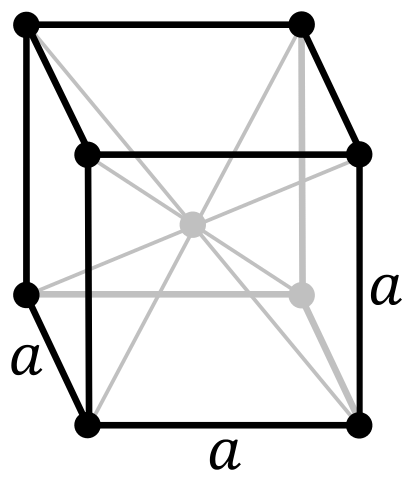 | Simple Monoclinic 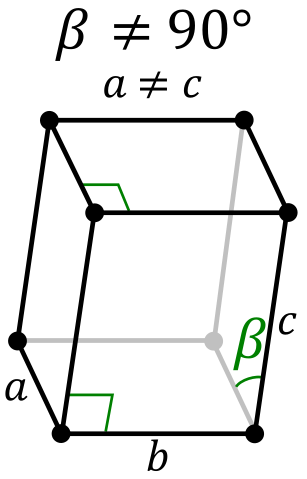 |
Atomic and Orbital Properties
| Property | Vanadium | Selenium |
|---|---|---|
| Atomic Number | 23 | 34 |
| Number of Electrons (with no charge) | 23 | 34 |
| Number of Protons | 23 | 34 |
| Mass Number | 50.9415 | 78.96 |
| Number of Neutrons | 28 | 45 |
| Shell structure (Electrons per energy level) | 2, 8, 11, 2 | 2, 8, 18, 6 |
| Electron Configuration | [Ar] 3d3 4s2 | [Ar] 3d10 4s2 4p4 |
| Valence Electrons | 3d3 4s2 | 4s2 4p4 |
| Oxidation State | 2, 3, 4, 5 | -2, 2, 4, 6 |
| Atomic Term Symbol (Quantum Numbers) | 4F3/2 | 3P2 |
| Shell structure | 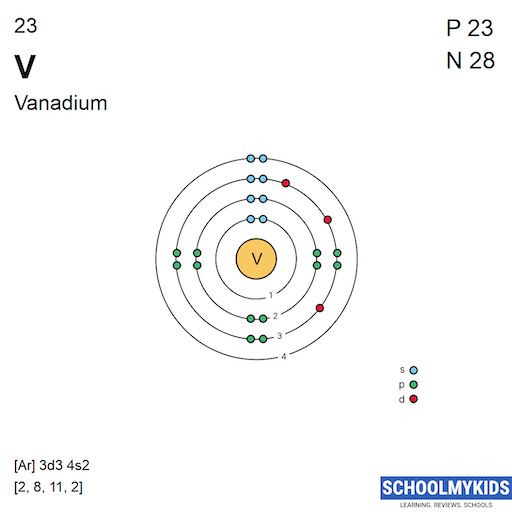 | 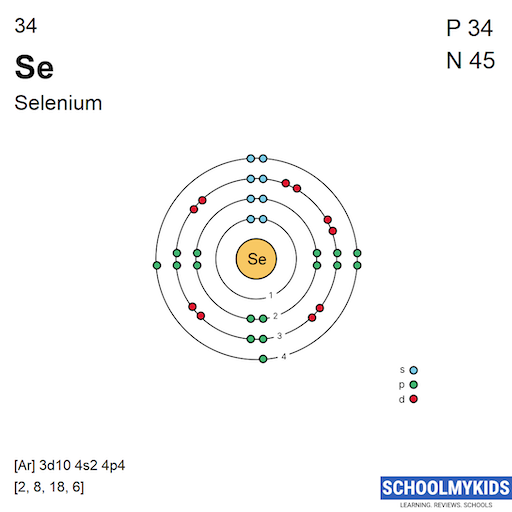 |
Isotopes and Nuclear Properties
Vanadium has 1 stable naturally occuring isotopes while Selenium has 5 stable naturally occuring isotopes.
| Parameter | Vanadium | Selenium |
|---|---|---|
| Known Isotopes | 40V, 41V, 42V, 43V, 44V, 45V, 46V, 47V, 48V, 49V, 50V, 51V, 52V, 53V, 54V, 55V, 56V, 57V, 58V, 59V, 60V, 61V, 62V, 63V, 64V, 65V | 65Se, 66Se, 67Se, 68Se, 69Se, 70Se, 71Se, 72Se, 73Se, 74Se, 75Se, 76Se, 77Se, 78Se, 79Se, 80Se, 81Se, 82Se, 83Se, 84Se, 85Se, 86Se, 87Se, 88Se, 89Se, 90Se, 91Se, 92Se, 93Se, 94Se |
| Stable Isotopes | Naturally occurring stable isotopes: 51V | Naturally occurring stable isotopes: 74Se, 76Se, 77Se, 78Se, 80Se |
| Neutron Cross Section | 5.06 | 11.7 |
| Neutron Mass Absorption | 0.0033 | 0.0056 |
Chemical Properties: Ionization Energies and electron affinity
| Property | Vanadium | Selenium |
|---|---|---|
| Valence or Valency | 5 | 6 |
| Electronegativity | 1.63 Pauling Scale | 2.55 Pauling Scale |
| Electron Affinity | 50.6 kJ/mol | 195 kJ/mol |
| Ionization Energies | 1st: 650.9 kJ/mol 2nd: 1414 kJ/mol 3rd: 2830 kJ/mol 4th: 4507 kJ/mol 5th: 6298.7 kJ/mol 6th: 12363 kJ/mol 7th: 14530 kJ/mol 8th: 16730 kJ/mol 9th: 19860 kJ/mol 10th: 22240 kJ/mol 11th: 24670 kJ/mol 12th: 29730 kJ/mol 13th: 32446 kJ/mol 14th: 86450 kJ/mol 15th: 94170 kJ/mol 16th: 102300 kJ/mol 17th: 112700 kJ/mol 18th: 121600 kJ/mol 19th: 130700 kJ/mol 20th: 143400 kJ/mol 21st: 151440 kJ/mol 22nd: 661050 kJ/mol 23rd: 699144 kJ/mol | 1st: 941 kJ/mol 2nd: 2045 kJ/mol 3rd: 2973.7 kJ/mol 4th: 4144 kJ/mol 5th: 6590 kJ/mol 6th: 7880 kJ/mol 7th: 14990 kJ/mol |
Physical Properties
| Property | Vanadium | Selenium |
|---|---|---|
| Density | 6.11 g/cm3 | 4.819 g/cm3 |
| Molar Volume | 8.3374 cm3/mol | 16.385 cm3/mol |
Elastic Properties | ||
| Young Modulus | 128 | 10 |
| Shear Modulus | 47 GPa | 3.7 GPa |
| Bulk Modulus | 160 GPa | 8.3 GPa |
| Poisson Ratio | 0.37 | 0.33 |
Hardness - Tests to Measure of Hardness of Element | ||
| Mohs Hardness | 7 MPa | 2 MPa |
| Vickers Hardness | 628 MPa | - |
| Brinell Hardness | 628 MPa | 736 MPa |
Electrical Properties | ||
| Electrical Conductivity | 5000000 S/m | - |
| Resistivity | 2e-7 m Ω | - |
| Superconducting Point | 5.4 | - |
Heat and Conduction Properties | ||
| Thermal Conductivity | 31 W/(m K) | 0.52 W/(m K) |
| Thermal Expansion | 0.0000084 /K | - |
Magnetic Properties | ||
| Magnetic Type | Paramagnetic | Diamagnetic |
| Curie Point | - | - |
| Mass Magnetic Susceptibility | 6.28e-8 m3/kg | -4e-9 m3/kg |
| Molar Magnetic Susceptibility | 3.199e-9 m3/mol | -3.16e-10 m3/mol |
| Volume Magnetic Susceptibility | 0.0003837 | -0.0000193 |
Optical Properties | ||
| Refractive Index | - | 1.000895 |
Acoustic Properties | ||
| Speed of Sound | 4560 m/s | 3350 m/s |
Thermal Properties - Enthalpies and thermodynamics
| Property | Vanadium | Selenium |
|---|---|---|
| Melting Point | 2183 K | 494 K |
| Boiling Point | 3680 K | 958 K |
| Critical Temperature | - | 1766 K |
| Superconducting Point | 5.4 | - |
Enthalpies | ||
| Heat of Fusion | 22.8 kJ/mol | 5.4 kJ/mol |
| Heat of Vaporization | 453 kJ/mol | 26 kJ/mol |
| Heat of Combustion | - | - |
Regulatory and Health - Health and Safety Parameters and Guidelines
| Parameter | Vanadium | Selenium |
|---|---|---|
| CAS Number | CAS7440-62-2 | CAS7782-49-2 |
| RTECS Number | - | {N/A, RTECSVS7700000, N/A} |
| DOT Hazard Class | 4.1 | 6.1 |
| DOT Numbers | 3089 | 2658 |
| EU Number | - | - |
| NFPA Fire Rating | 1 | 0 |
| NFPA Health Rating | 2 | 2 |
| NFPA Reactivity Rating | 0 | 0 |
| NFPA Hazards | - | - |
| AutoIgnition Point | - | - |
| Flashpoint | - | - |
Compare With Other Elements
Compare Vanadium and Selenium with other elements of the periodic table.
